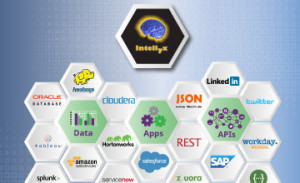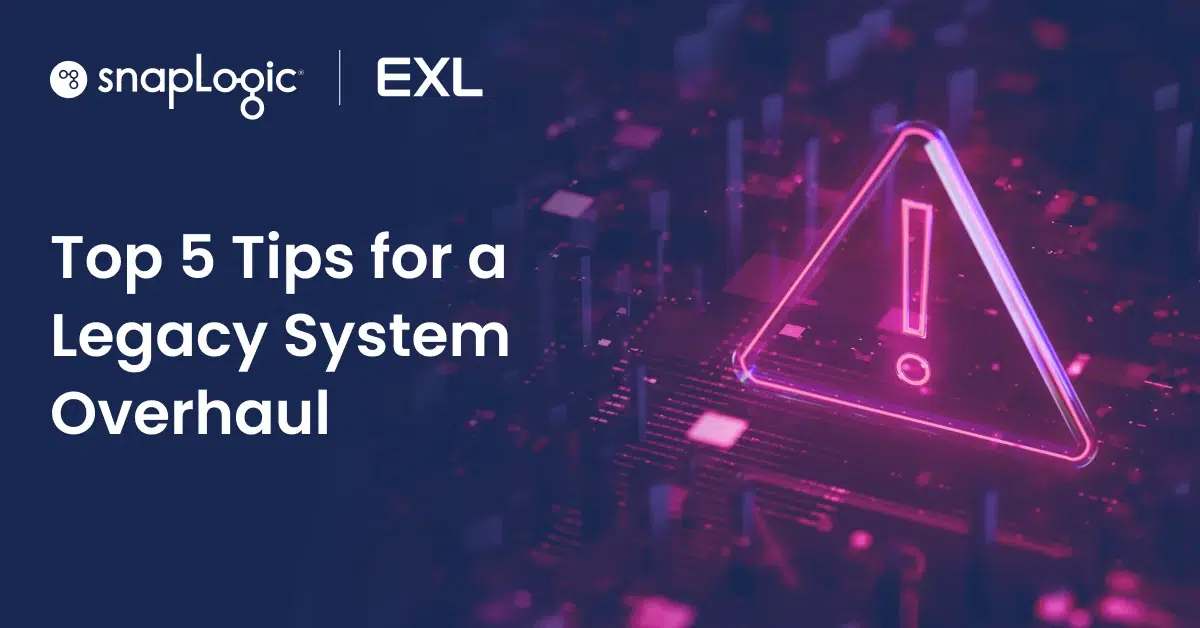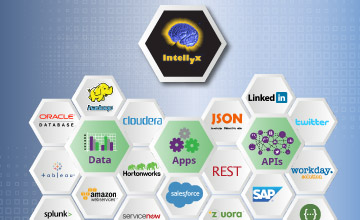 “The problem with traditional connectors is that they are tightly coupled – any change in the data format or interface requirements for either end of any interaction would require an update of the connector, at the risk of a failed interaction.”
“The problem with traditional connectors is that they are tightly coupled – any change in the data format or interface requirements for either end of any interaction would require an update of the connector, at the risk of a failed interaction.”
– Jason Bloomberg, President, Intellyx
Join us next Tuesday, May 19th for an interactive webinar with digital transformation and SOA thought leader, Jason Bloomberg. In this webinar we’ll hear from Jason about how connectors have been a traditional enterprise application integration (EAI) tool since the dawn of EAI back in the 1990s and how the rise of SOA and Web Services was in part intended to resolve the limitations of such traditional connectors, but often fall short. Additional topics covered will include:
- A discussion of the age-old problem of implementing loosely coupled data integration
- An architectural approach to solving this difficult problem
- A demonstration of SnapLogic’s approach to solving the data integration challenge in a scalable and cloud-friendly manner that aligns with modern application architectures
Before joining the webinar next week, you can also review last week’s Spring 2015 release and learn a little more about Jason Bloomberg here:
Jason Bloomberg is the leading industry analyst and expert on achieving agile digital transformation by architecting business agility in the enterprise. He writes for Forbes, Wired, and his biweekly newsletter, the Cortex. As president of Intellyx, he advises business executives on their digital transformation initiatives, trains architecture teams on Agile Architecture, and helps technology vendors and service providers communicate their agility stories. His latest book is The Agile Architecture Revolution.
A few of our past blog posts also address some of the topics we’ll be diving into next week. Check them out:
- The Promise of the ESB without the Overhead
- ETL and EAI: One SnapLogic Pipeline, Multiple Integration Solutions
- SOA was DOA Thanks to the ESB – Why Buses Don’t Fly in the Cloud
Register for the webinar here – we look forward to next week’s interactive discussion.









